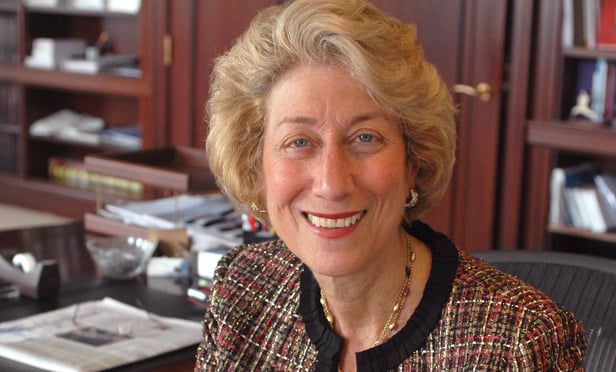I recently spoke at a symposium sponsored by the Center on Civil Justice at the NYU School of Law to celebrate the 50th Anniversary of Rule 23. It was an outstanding program, highlighted with a memorable interview of Prof. Arthur Miller, the drafter of Rule 23 in 1966, conducted by Prof. Sam Issacharoff of NYU Law School. I participated on two panels. The first discussed class actions brought under Rule 23(b)(2), which is used when a class seeks only injunctive or declaratory relief. The second was a judges panel moderated by Professor Miller, in which he asked challenging questions of a panel of five judges, such as what would you change in Rule 23 if you could.
In preparing for the symposium, I reviewed all of the class action cases I handled during my years on the Southern District bench. The method for identifying the cases was unsophisticated. I ran Westlaw searches for opinions I issued that cited Rule 23. The exercise produced elementary statistical information that I found to be of interest and have concluded that this information might be of interest to those lawyers who toil, have toiled, or plan to toil in the class action arena. I do stress, however, that the numbers reported are not a result of a scientific analysis and should not be relied upon for any national projections.



